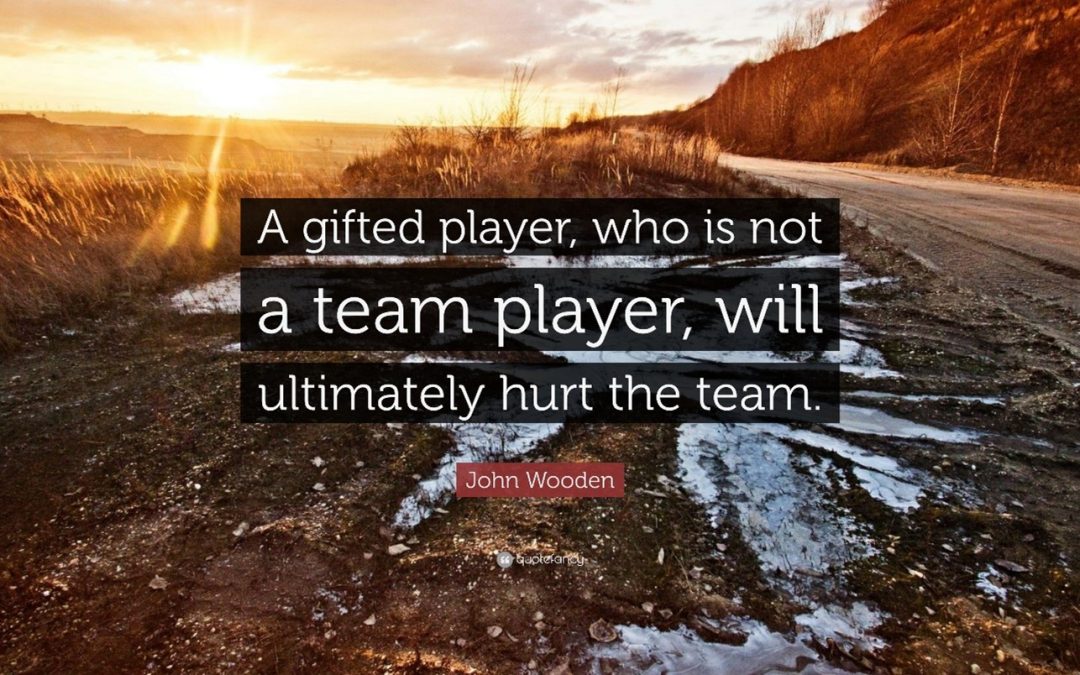This is always a tough situation, especially for a new leader. You inherit a group who has a high-level contributor, but unfortunately, they’re not a team player. They’ve been instrumental in getting high-end work completed, but sometimes they can leave a trail of bodies or disenchanted teammates in their wake. What do you do?
When I was a new division leader, a newly appointed senior leader came to me with this situation. He was new in his role of being a department head on the senior leadership team, and I was new in my role as well. I had hired him to re-energize this area and he was in a quandary. How could he possibly get the work done without this all-star performer? Was what this employee produced worth all the dissension that he created with his coworkers—who also recognized his unusually high level of expertise?
We had more than a few discussions about this and agreed in the end that the most important goal for the long term was to develop a high performing team that could generate sustainable success.
First, he tried working with this individual to try to bring him on board as a team player, but sometimes it’s challenging to “teach attitude” and unfortunately, the employee was unwilling to engage with the team. We agreed that if he couldn’t or wouldn’t adapt, that he would continue to be toxic to the team and would undermine any real chance to become a high performing team. As painful as it was, he ultimately decided to replace him. Although, I might add, he wondered if he was hanging himself by doing so.
As fate would have it, he was able to replace this person with someone who was even more talented and was the consummate team player. This department developed into the high performing team we hoped for and became a strength of our organization. We both learned a valuable lesson on the importance of creating and maintaining a culture of team.
A mentor of mine once said that “without a team, 2 + 2 would equal 3 because people would be working against each other.” “However,” he said, “with a team culture, 2 + 2 could equal 5 with the synergy it creates.” We saw that firsthand in this outcome. How would you or how have you approached this in the past. I ‘d be interested to hear about your experiences.

